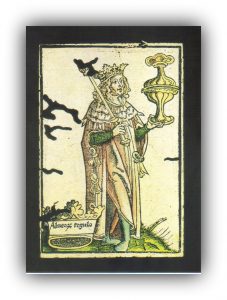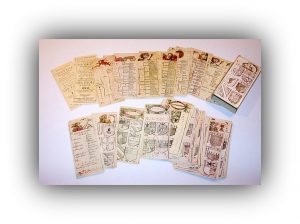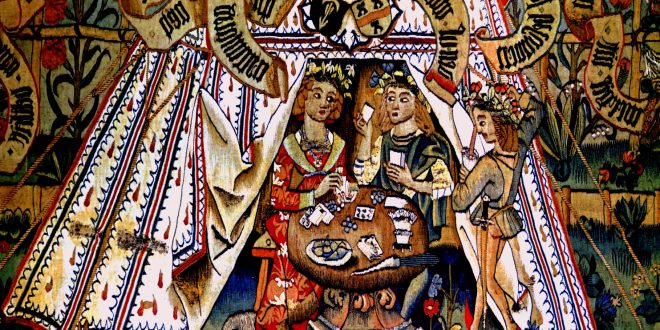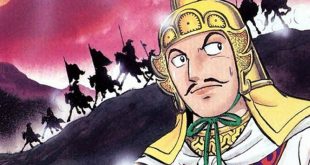 The face of this World is subject to the face of the heavens. Modelled on Canis minor, the more northerly of Orion’s two ‘dogs’. Capricorn, reworking the older model of Auriga as ‘Magus’. http://www.wopc.co.uk/ Influenced by Byzantium, Vittorino da Feltre’s school revived in Italy the habit of using exercise-games in elementary levels of teaching. In the late fifteenth century, from that model, the Franciscan named Thomas Murner devised his course for teaching elements of logic.
The face of this World is subject to the face of the heavens. Modelled on Canis minor, the more northerly of Orion’s two ‘dogs’. Capricorn, reworking the older model of Auriga as ‘Magus’. http://www.wopc.co.uk/ Influenced by Byzantium, Vittorino da Feltre’s school revived in Italy the habit of using exercise-games in elementary levels of teaching. In the late fifteenth century, from that model, the Franciscan named Thomas Murner devised his course for teaching elements of logic.
He presented students – with his 16 written lectures as ‘Letters’ or charta – practical exercises to supplement and reinforce students’ memory of the material. Connection between the principles of card-pack construction and those of Murner’s mnemonic figures is evident. A card pack’s emblems, alluded to the quarters of time and direction, while Murner’s are keyed to his sequence of lectures. The emblems and pictorial figures in standard packs were derived from astronomical types.
Thomas Murner developed around 1502 his “Chartiludium Institute summary”, conceived to facilitate the study of the Justinian code. It was realised as a true game/deck of cards, before taking the form of a book. The Chartiludium Institute, is the oldest example of a pedagogical game of cards, and it remains in three exemplars. At the Library of the University of Basle (119 cards), at the Austrian National Library of Vienna (110 cards), and at the Bertarelli Civic Collection of Prints of Milan (111 cards). http://www.leeasher.com/playing_cards/collectors/index.html
 Meeting Benches World art in all forms
Meeting Benches World art in all forms







